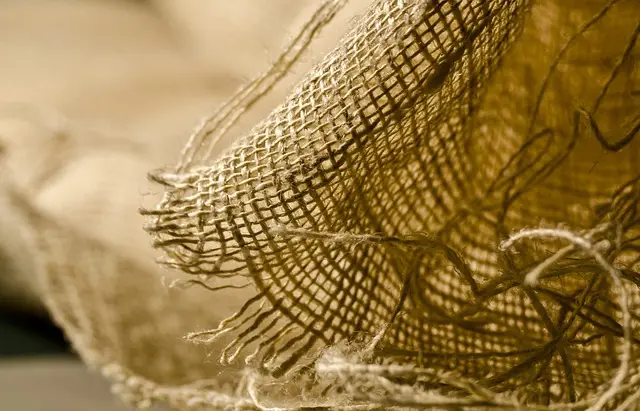Maeng Da, a type of kratom (Mitragyna hirsuta) with a high concentration of 7-hydroxymitragynine, has become a popular choice among athletes and those undergoing rigorous training due to its dual benefits for athletic recovery and performance enhancement. The strain, also known as "Phiphocarpus tree of 40 leaves" in English or "Maeng Da" in Thailand, where it originated in dense jungles and is now cultivated across Southeast Asia, offers balanced energy, pain relief, and muscle recovery support, which can increase endurance, reduce fatigue, and alleviate musculoskeletal pain. Its analgesic properties are particularly beneficial for athletes, as they allow for sustained focus and alertness during intense workouts. The Maeng Da strain, identifiable by its dark green leaves, is valued for its unique alkaloid composition and its ability to act as both a stimulant at lower doses and a relaxant at higher doses. Its translation to English as "Phiphocarpus tree of 40 leaves" reflects its traditional use in Thai medicine for digestive aid, and it is widely recognized for its balanced effects that make it a versatile natural remedy for pain management and recovery support. It should be used responsibly as part of a healthy lifestyle to maximize its benefits safely.
Exploring the therapeutic potential of Maeng Da kratom, this article delves into its role in enhancing training recovery. Known for its distinctive alkaloid profile and potent effects, Maeng Da has garnered attention within athletic and fitness circles. We will dissect its origins, characteristics, and the science behind its action on muscle recovery and pain management. Additionally, this piece navigates the complex legal landscape surrounding kratom, offering a balanced perspective on its ethical use in sports. With a focus on dosage and safety, we aim to provide athletes and trainees with practical guidance for integrating Maeng Da into their post-workout routines. Through evidence-based analysis of its effects on endurance and stamina, this article aims to clarify the impact of Maeng Da on athletic performance, debunking misconceptions and advocating for responsible use.
- Understanding Mitragyna Hirsuta: The Maeng Da Phenomenon and Its Role in Training Recovery
- 1. Origins and Characteristics of Maeng Da Kratom
Understanding Mitragyna Hirsuta: The Maeng Da Phenomenon and Its Role in Training Recovery

Mitragyna hirsuta, commonly known as Maeng Da, is a potent strain of the kratom plant that has garnered significant attention within the realm of natural performance enhancers, particularly among athletes and individuals engaged in rigorous training regimens. The Maeng Da phenotype, which translates to “Phiphocarpus tree of 40 leaves” in English, is distinguished by its robust alkaloid profile, with higher concentrations of 7-hydroxymitragynine—an active compound that contributes to its unique effects. This strain is celebrated for its potential to support training recovery, offering a balance between the invigorating and pain-relieving properties of kratom, which can be crucial for individuals looking to enhance their athletic performance and expedite muscle recovery post-exercise.
Incorporating Maeng Da into a training recovery protocol may offer benefits that include increased stamina, reduced fatigue, and alleviation of musculoskeletal discomfort. The strain’s ability to modulate the body’s pain response is particularly noteworthy, as it can help athletes push through intense workouts without succumbing to the usual aches and pains associated with physical exertion. Additionally, Maeng Da’s stimulating effects can promote a heightened state of alertness and focus, which are essential components for optimal performance during training sessions. As with any supplement, it is imperative to approach its use responsibly and in accordance with relevant guidelines and regulations, ensuring safe integration into an overall health and fitness strategy.
1. Origins and Characteristics of Maeng Da Kratom

Maeng Da Kratom, hailing from the Mitragyna speciosa tree, is a unique strain indigenous to the dense jungles of Thailand, though it has since been cultivated in other parts of Southeast Asia. The name “Maeng Da,” colloquially known as “Pimmatic,” translates from Thai to English as “pimp leaf” or “horse stomach,” alluding to its robust nature and the belief that it aids digestion, earning it a place in traditional Thai medicine. This particular strain is distinguished by its dark green leaves and elevated alkaloid content, particularly 7-hydroxymitragynine, which is believed to contribute significantly to its effects. Maeng Da Kratom is renowned for its potent stimulating and pain-relieving properties at lower doses, while at higher doses, it can induce sedation and facilitate relaxation, making it a versatile choice for those seeking both mental clarity and physical comfort. Its characteristic veins are a natural identifier, allowing users to differentiate Maeng Da from other kratom strains, and its finely balanced alkaloid profile is thought to be the reason behind its widespread popularity among those looking for natural pain relief and recovery support.
In conclusion, Maeng Da kratom, often referred to in its native Thailand as a “drug for the working class,” has garnered attention within the realms of fitness and athletic training for its potential role in promoting recovery. Understanding its origins and characteristics, such as its high alkaloid content, provides insight into why it’s valued among those seeking to enhance their post-exercise recuperation. As with any supplement, it’s prudent to approach Maeng Da kratom with caution, adhering to recommended dosages and considering individual sensitivities. Prospective users should consult with healthcare professionals before incorporating it into their recovery regimen. With a deeper grasp of its effects through scientific research, Maeng Da kratom may become a more integrated component in the holistic approach to training recovery, translating its potential benefits from the maeng da translation to English and beyond.






